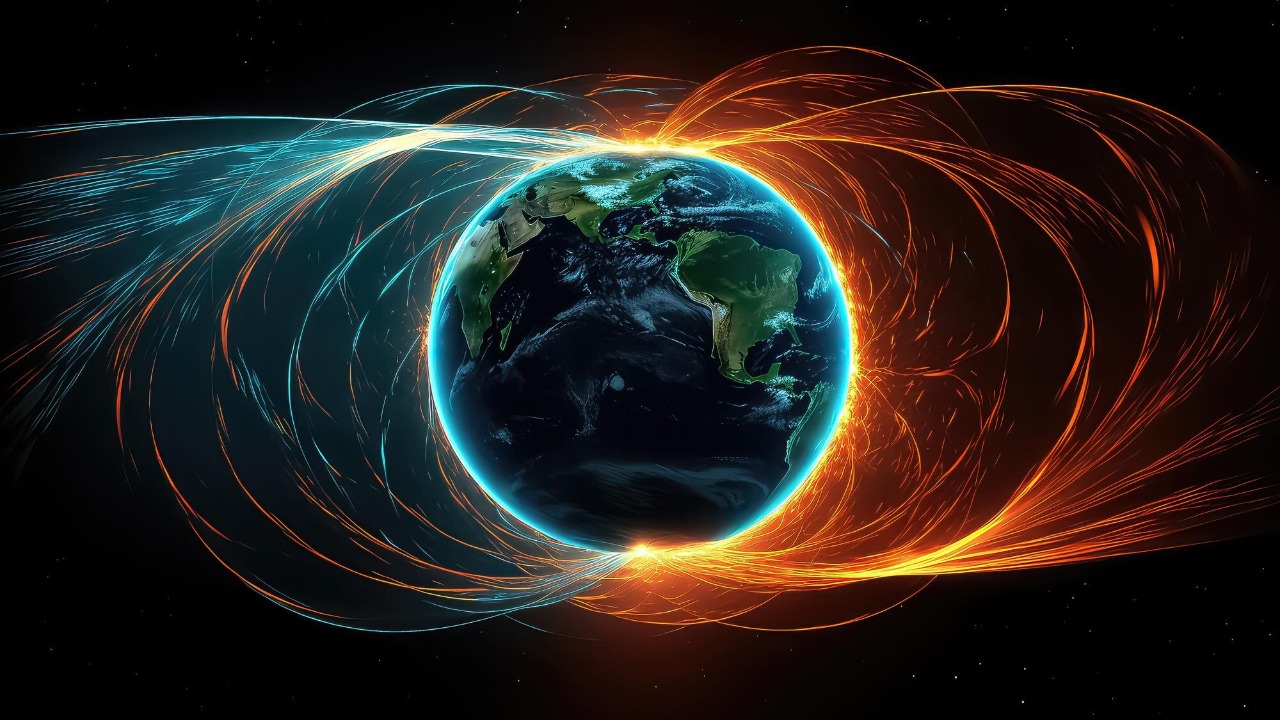
Recent scientific revelations have brought to light that Earth’s magnetic field, our primary line of defense against harmful solar radiation, can experience significant weakening in a matter of months. The potential implications of this phenomenon are far-reaching, having potential impacts on global navigation systems and even the evolution of life on Earth.
Understanding Earth’s Magnetic Field
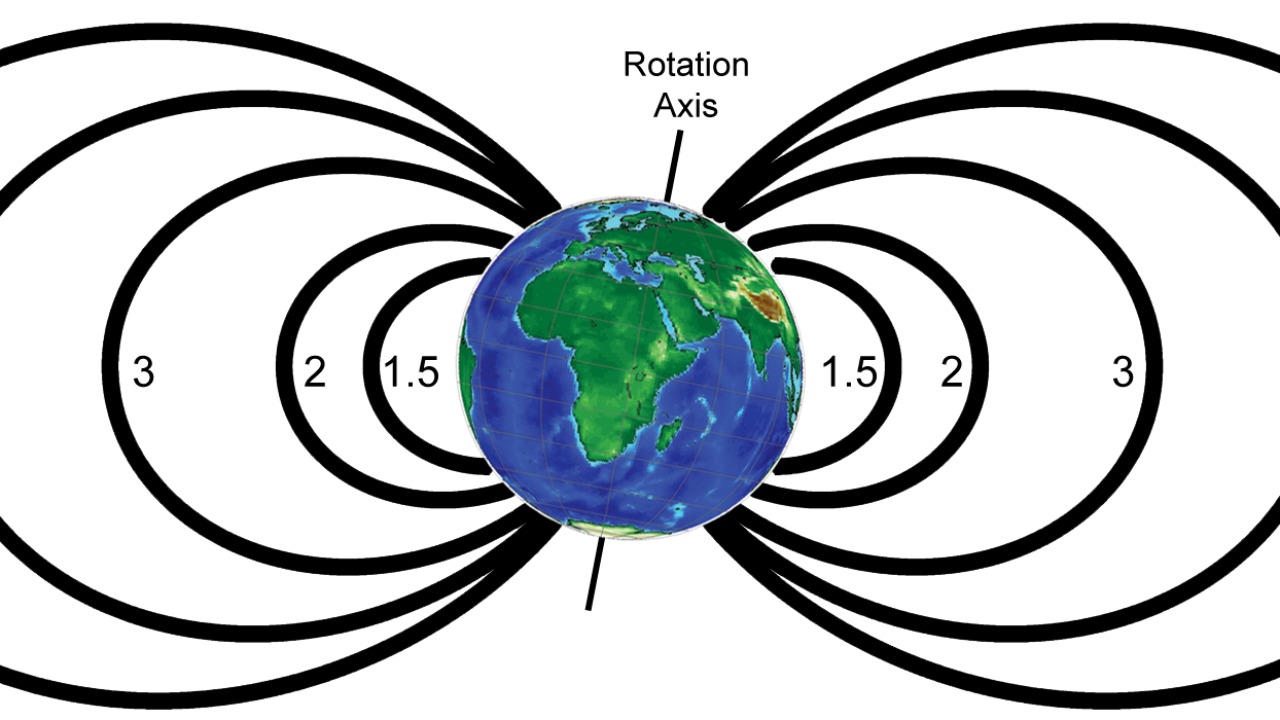
Earth’s magnetic field is a protective shield generated by the swirling, molten iron within the Earth’s outer core. It extends thousands of miles into space, forming the magnetosphere. This invisible field is of paramount importance to life on our planet. It creates a barrier that prevents solar winds, which are streams of charged particles released from the sun, from directly reaching Earth’s atmosphere. Without this magnetic shield, these solar particles could strip away the ozone layer, our planet’s additional defense against harmful solar radiation.
Moreover, the magnetic field guides the movement of charged particles in the Earth’s magnetosphere. These particles, when they interact with the atmosphere, create the beautiful phenomenon known as auroras. The field also significantly influences navigation systems, especially those that rely on compasses, such as used by migratory birds and human-made systems.
The Recent Discovery: Rapid Weakening of the Magnetic Field

Recent findings point towards an alarming development: the Earth’s magnetic field can weaken dramatically within just a few months. The discovery was made using data from the European Space Agency’s Swarm satellite mission. The Swarm mission consists of three satellites that precisely measure the strength, direction, and variations of Earth’s magnetic field.
The reasons behind this rapid weakening remain speculative. One theory is that the movements of molten iron within the Earth’s outer core can cause fluctuations in the magnetic field. This could occur when the flow of molten iron becomes turbulent or changes direction swiftly. However, more research is needed to confirm these hypotheses and to understand the potential implications of this fast-paced weakening.
Implications of a Weakened Magnetic Field
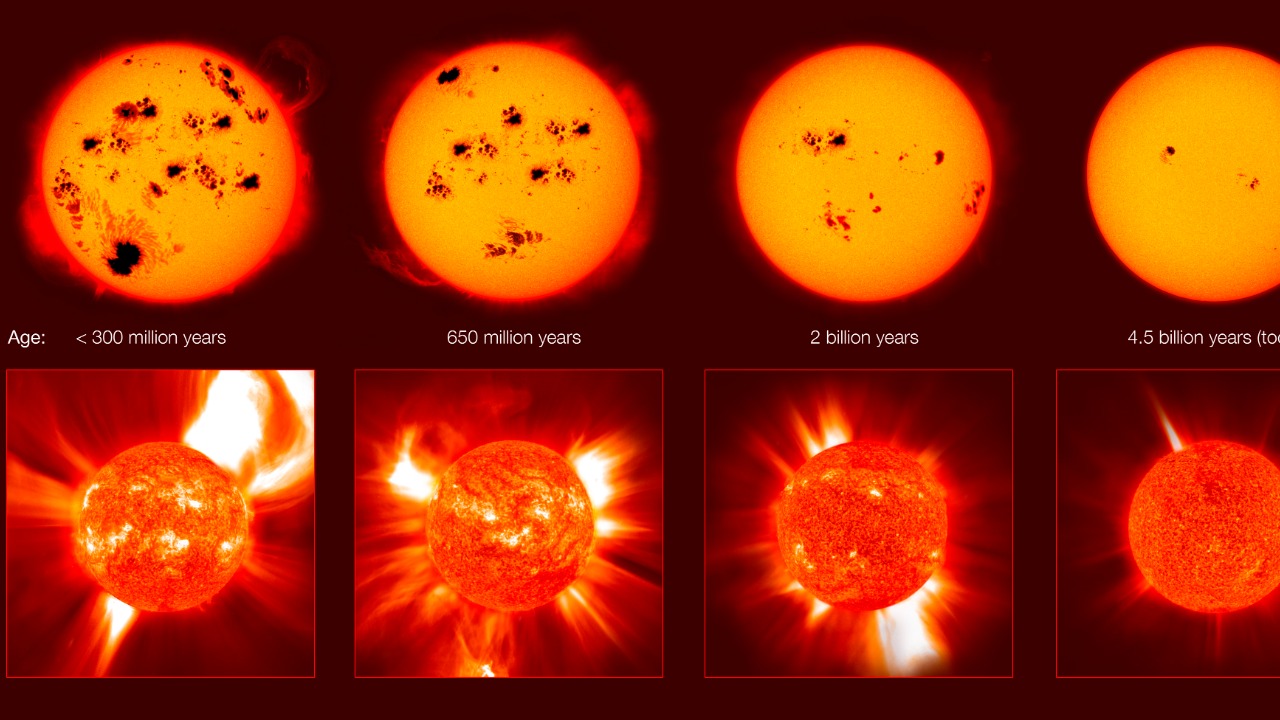
A weakened magnetic field could have serious consequences for our planet. The primary concern is the increased exposure to solar radiation, which could harm life on Earth and damage our atmosphere. If the magnetic field continues to weaken at the current rate, the ozone layer, our secondary defense against solar radiation, may not be sufficient to protect us.
Furthermore, our global navigation systems could be significantly affected. For instance, the position of the magnetic North Pole has been shifting at an accelerated rate in recent years, impacting navigation systems that rely on magnetic compasses. Even more concerning is the potential impact on the evolution of life on Earth. The magnetic field has played a crucial role in the evolution of species, and any changes to it could have unpredictable effects.
Historical Instances of Magnetic Field Fluctuations
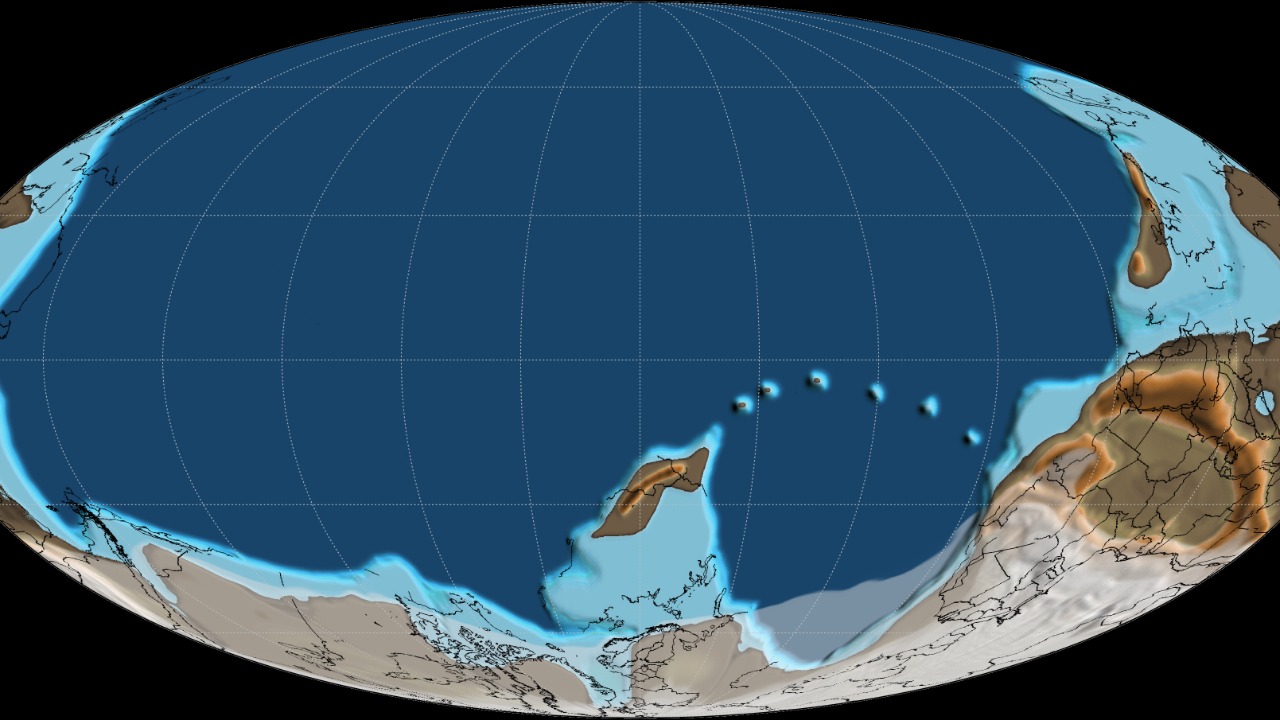
The Earth’s magnetic field has not always been stable, and there have been periods in our planet’s history when it nearly collapsed. One such instance is the Ediacaran period, about 550 million years ago. According to a study, during this period, the magnetic field strength dropped to just 5% of its current strength.
Interestingly, life on Earth seemed to thrive during the Ediacaran period, with the emergence of complex multi-cellular organisms. However, it is not clear how a similar scenario today, with our reliance on technology and the presence of human-induced climate change, would play out.
Future Predictions and Preparations
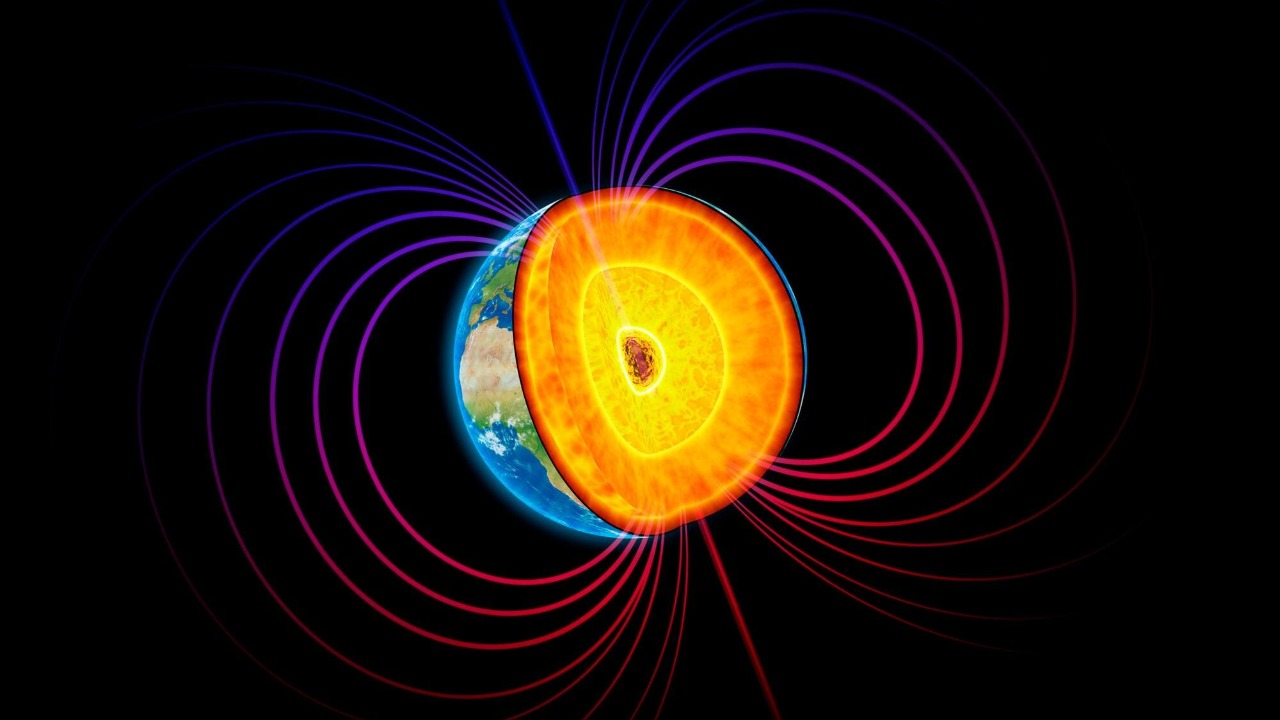
Given the current trends and historical data, some scientists predict continued weakening and even a possible reversal of Earth’s magnetic field. However, these predictions are uncertain, and more research is needed. Nevertheless, it is crucial that we are prepared for potential changes in the magnetic field strength.
Scientists, governments, and industries worldwide are harnessing technology to monitor the Earth’s magnetic field continually. For instance, missions like Swarm are providing valuable data for ongoing research. Moreover, there are efforts to develop technology to potentially mitigate the effects of a weakened magnetic field. However, as the exact mechanisms behind the weakening and strengthening of Earth’s magnetic field remain unclear, these efforts are in their early stages.